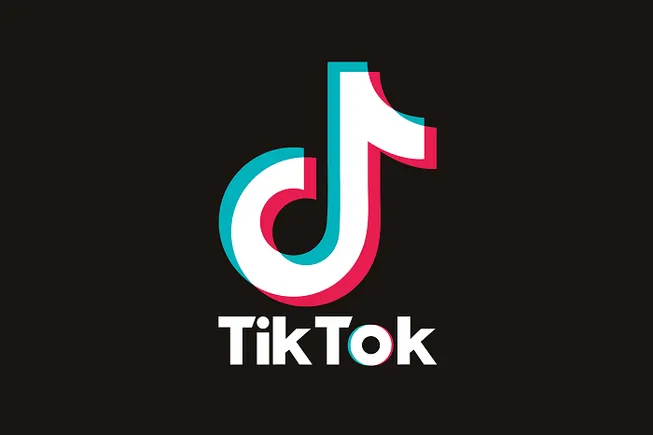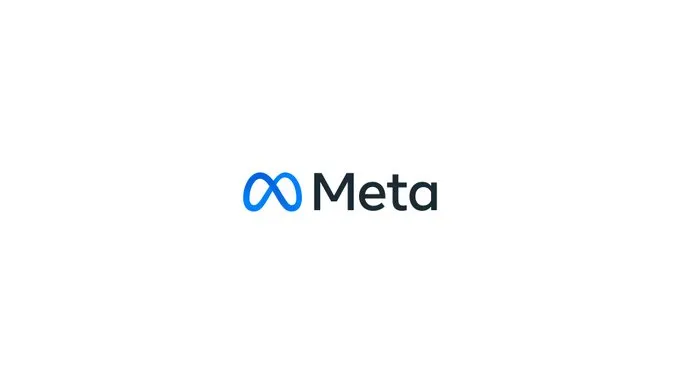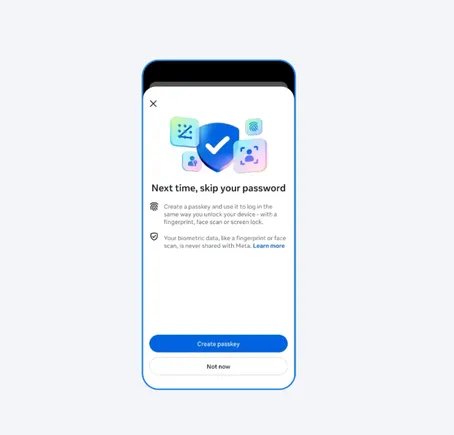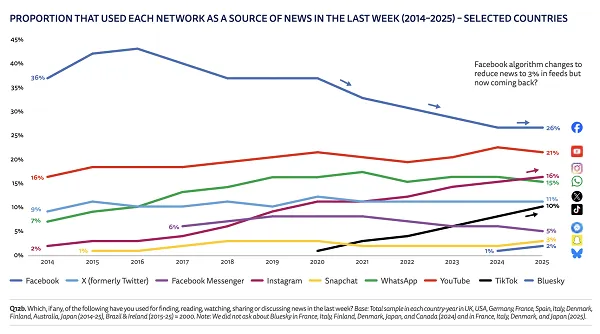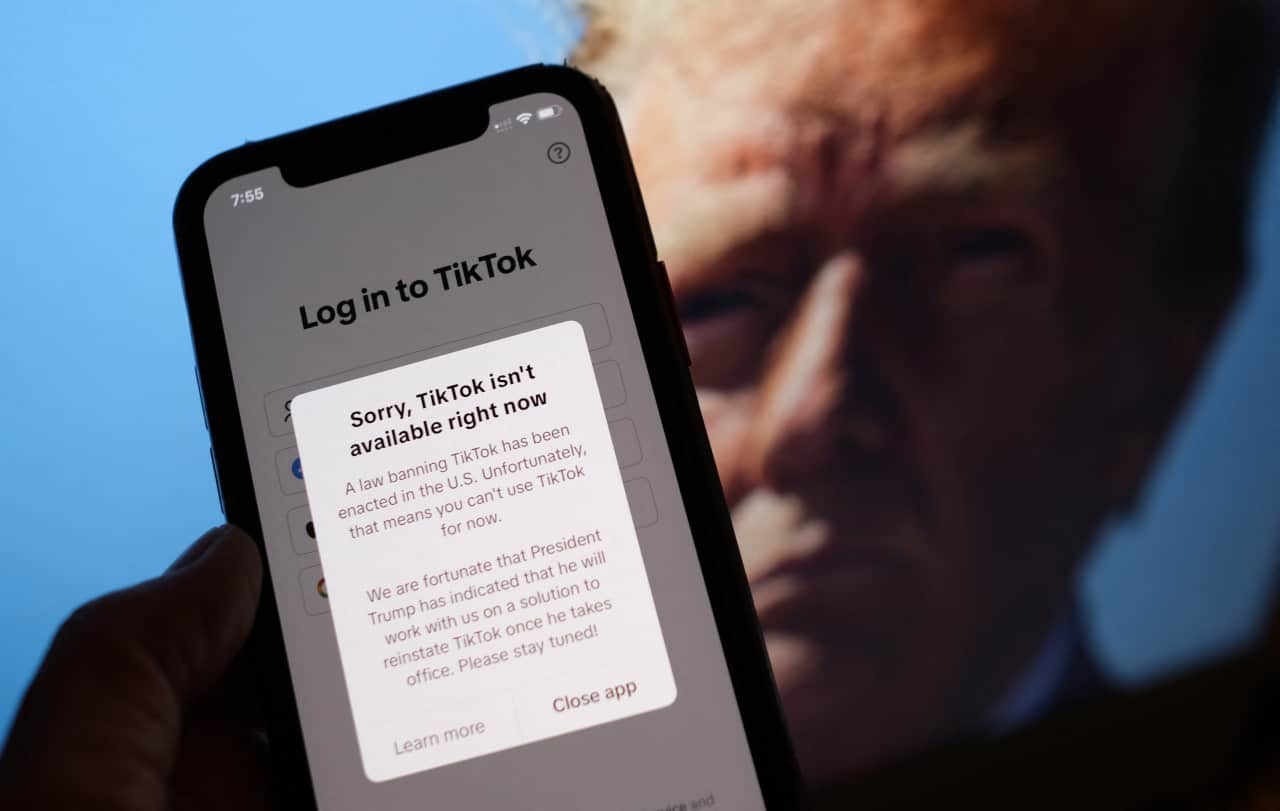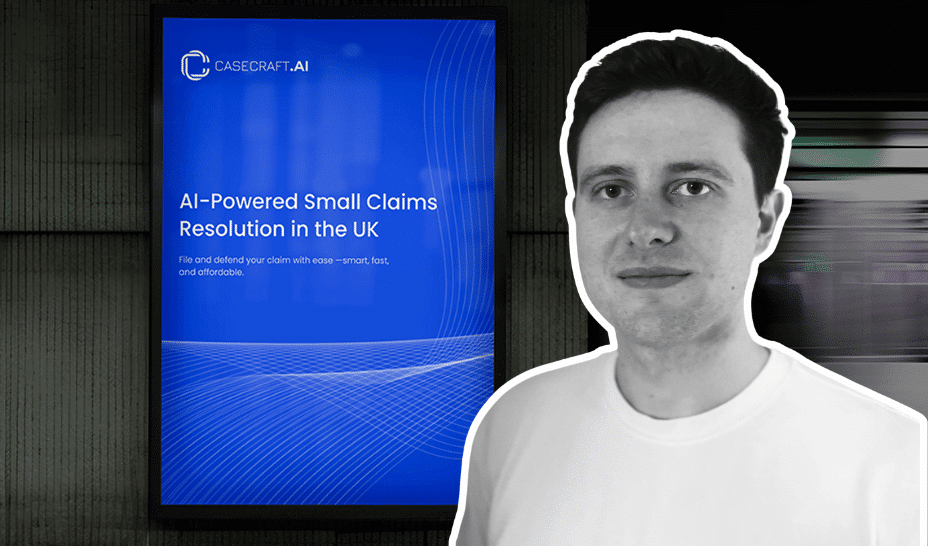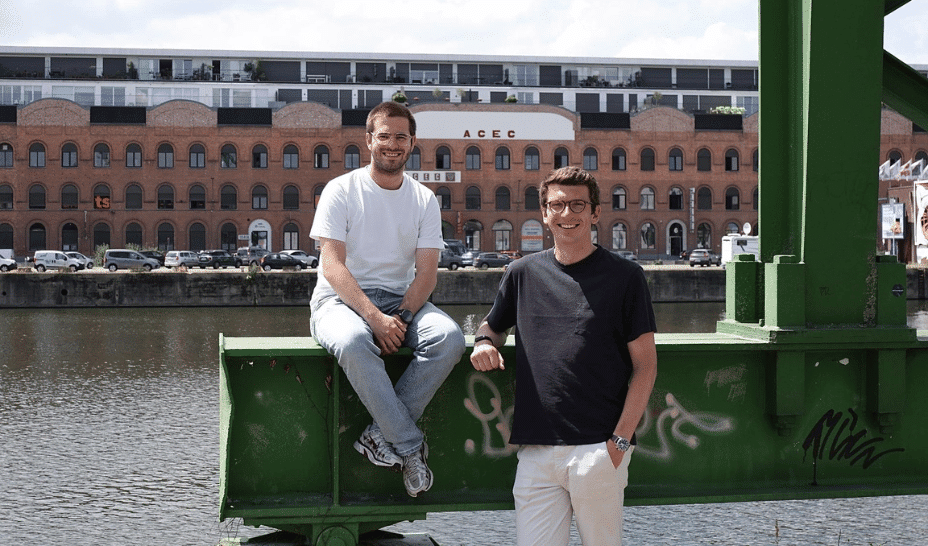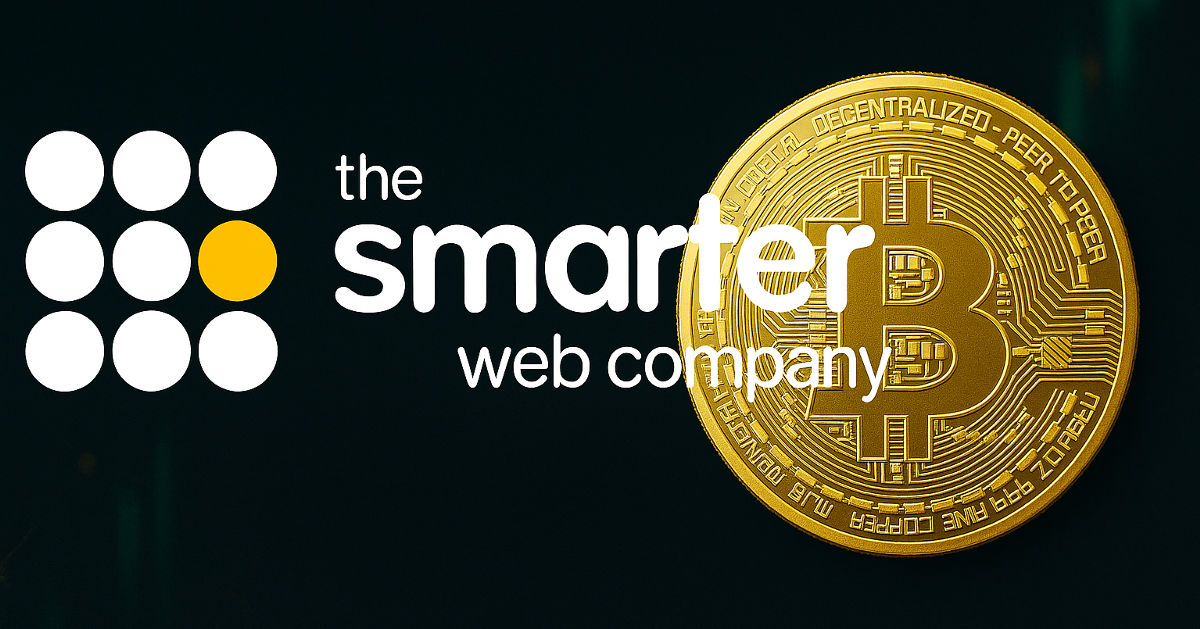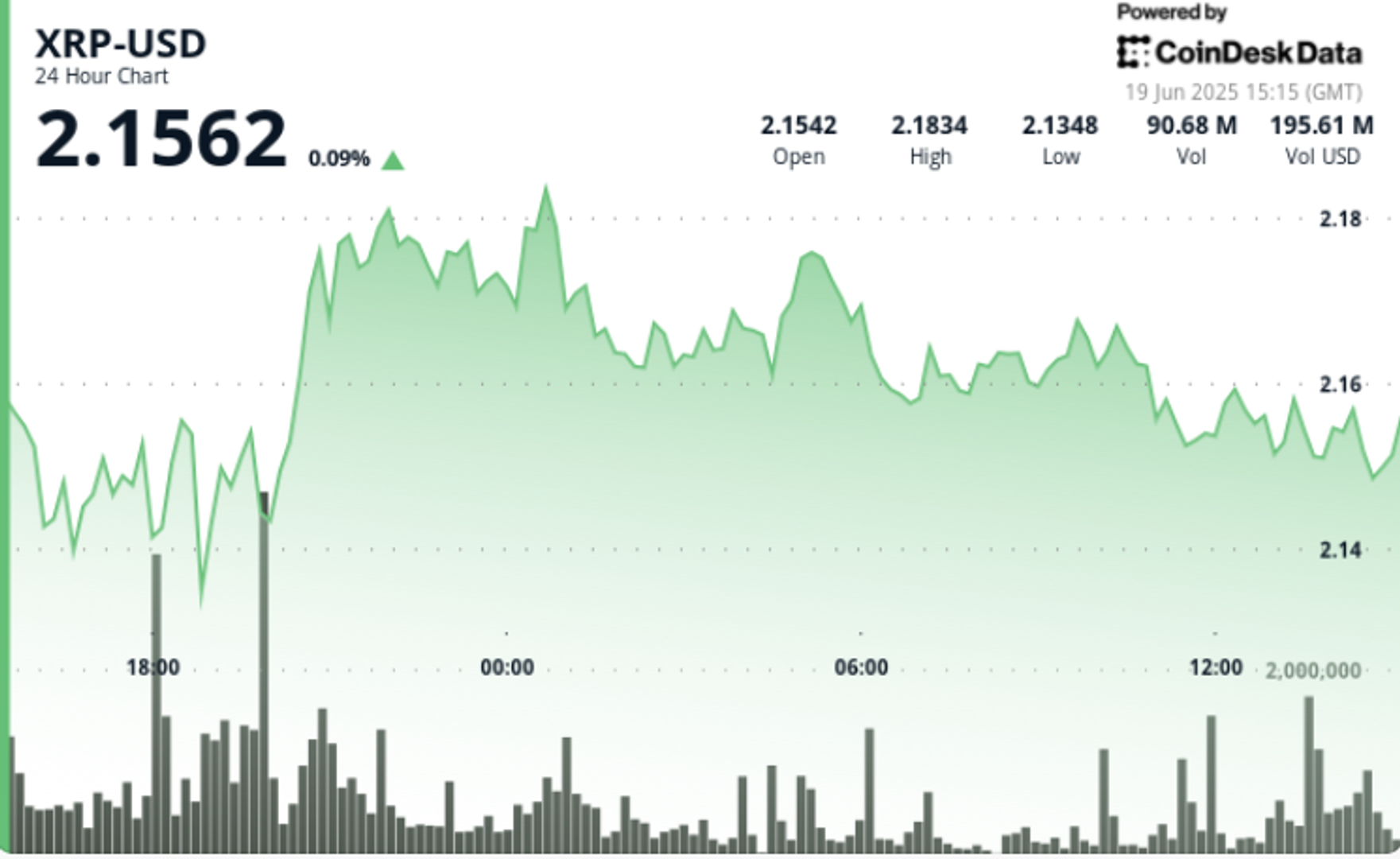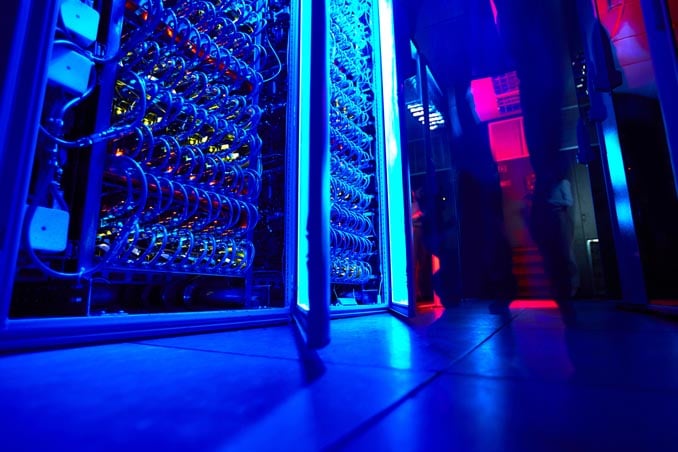How Cisco has been quietly retooling for the AI revolution
Welcome to AI Decoded, Fast Company’s weekly newsletter that breaks down the most important news in the world of AI. You can sign up to receive this newsletter every week here. Exclusive Interview With Cisco’s Jeetu Patel Data centers are popping up all over the world to support the quickly growing demand for all kinds of AI apps and services. Cisco, of course, is no stranger to the data center, and it’s been working hard over the past few years to make itself a vital part of the AI technology stack. I asked Cisco EVP and chief product officer Jeetu Patel how he sees the current situation in generative AI, and about how his company fits into the picture. The interview has been edited for length and clarity. Can you give me your 30,000-foot view of the transition to generative AI? We’re now moving from this mode of chatbots intelligently answering questions for us to us now moving into a mode where agents are conducting tasks and jobs almost fully autonomously on behalf of humans. As that happens, there’s going to be an augmentation of the capacity of billions and billions of agents that’ll actually get added on over the course of the next few years. But the requirements that you have around low-latency, high-performance, high-energy-efficiency infrastructure, as well as around safety and security so that the user can establish trust with these AI systems, is going to have to be fully reimagined. Can you describe in simple terms how Cisco plays in the AI tech stack? At the very baseline, we build our own silicon and ASICs [application-specific integrated circuits] for the network itself. I think we’re the only non-Nvidia silicon provider that is part of Nvidia’s reference architecture where our networking is tied with their GPUs and we actually make sure that those work together in a reference architecture that an enterprise can deploy. We then have our own systems, which are the physical boxes for the networks and the servers on the compute side, and the optics and the optical systems that actually can do ultra-long haul data center interconnect, as well as interconnect between clusters. We then provide the safety and security platform that’s needed to secure AI as well—we’re one of the largest security players in the market. We provide a data platform in Splunk. We’re actually building our own bespoke custom models for security and networking. You mentioned latency as a key challenge. How critical is response time for AI applications? If it takes three seconds for an AI voice agent to respond to you, you know it’s a robot and you don’t want to talk to it. But if you do it within 500 milliseconds, you have a very different kind of behavior from the human. In our user testing, outside of efficacy, latency is one of the most important things. It has to be interruptible and it has to have enough training on EQ [emotional intelligence] and sentiment analysis, so that if you’re sounding annoyed, it doesn’t say, “How’s the weather today?” How do you handle the security challenges with multiple AI models? Most of these models are putting their own safety and security guardrails in the models. But models can get tricked through jailbreaking techniques. We’ve built a product that not only does the visibility of what data is flowing through the model and when the model is getting fine-tuned, so you can do a continuous validation. . . . We validate the model within a matter of minutes through an algorithmic red-teaming exercise rather than it taking weeks or months for companies to validate the model. We jailbroke DeepSeek within 48 hours. We can take that model and then create runtime enforcement guardrails for every application developer. The end outcome is that no developer has to rebuild the security stack every time they build an application, and no model provider needs to be responsible for every single way that a model can be jailbroken. So every app developer building on top of DeepSeek will benefit from this pool of knowledge that Cisco knows about how to jailbreak the model and how to protect against that? That’s exactly right. We believe that you need a neutral party that provides a common substrate of security for every app developer, every model builder, every agent developer, so that the developer can innovate fearlessly. Are AI companies putting big data centers in the Middle East because they have plenty of power and room to grow, or is it to better service customers in that region? It’s literally both. You don’t have enough power to fuel all the demand for AI right now. The amount of usage that OpenAI is getting right now is literally like breaking the internet. They came up with $20 a user—they’re losing money on $20 a user, from what the industry says. So they added a plan for $200 a user. My guess is they’re going to lose money at $200 a user. They have a plan for $2,000 a user. They will lose money for $2,000 a user. Tha’’s not a bad thing. It tells you

Welcome to AI Decoded, Fast Company’s weekly newsletter that breaks down the most important news in the world of AI. You can sign up to receive this newsletter every week here.
Exclusive Interview With Cisco’s Jeetu Patel
Data centers are popping up all over the world to support the quickly growing demand for all kinds of AI apps and services. Cisco, of course, is no stranger to the data center, and it’s been working hard over the past few years to make itself a vital part of the AI technology stack. I asked Cisco EVP and chief product officer Jeetu Patel how he sees the current situation in generative AI, and about how his company fits into the picture. The interview has been edited for length and clarity.
Can you give me your 30,000-foot view of the transition to generative AI?
We’re now moving from this mode of chatbots intelligently answering questions for us to us now moving into a mode where agents are conducting tasks and jobs almost fully autonomously on behalf of humans. As that happens, there’s going to be an augmentation of the capacity of billions and billions of agents that’ll actually get added on over the course of the next few years. But the requirements that you have around low-latency, high-performance, high-energy-efficiency infrastructure, as well as around safety and security so that the user can establish trust with these AI systems, is going to have to be fully reimagined.
Can you describe in simple terms how Cisco plays in the AI tech stack?
At the very baseline, we build our own silicon and ASICs [application-specific integrated circuits] for the network itself. I think we’re the only non-Nvidia silicon provider that is part of Nvidia’s reference architecture where our networking is tied with their GPUs and we actually make sure that those work together in a reference architecture that an enterprise can deploy. We then have our own systems, which are the physical boxes for the networks and the servers on the compute side, and the optics and the optical systems that actually can do ultra-long haul data center interconnect, as well as interconnect between clusters. We then provide the safety and security platform that’s needed to secure AI as well—we’re one of the largest security players in the market. We provide a data platform in Splunk. We’re actually building our own bespoke custom models for security and networking.
You mentioned latency as a key challenge. How critical is response time for AI applications?
If it takes three seconds for an AI voice agent to respond to you, you know it’s a robot and you don’t want to talk to it. But if you do it within 500 milliseconds, you have a very different kind of behavior from the human. In our user testing, outside of efficacy, latency is one of the most important things. It has to be interruptible and it has to have enough training on EQ [emotional intelligence] and sentiment analysis, so that if you’re sounding annoyed, it doesn’t say, “How’s the weather today?”
How do you handle the security challenges with multiple AI models?
Most of these models are putting their own safety and security guardrails in the models. But models can get tricked through jailbreaking techniques. We’ve built a product that not only does the visibility of what data is flowing through the model and when the model is getting fine-tuned, so you can do a continuous validation. . . . We validate the model within a matter of minutes through an algorithmic red-teaming exercise rather than it taking weeks or months for companies to validate the model. We jailbroke DeepSeek within 48 hours. We can take that model and then create runtime enforcement guardrails for every application developer. The end outcome is that no developer has to rebuild the security stack every time they build an application, and no model provider needs to be responsible for every single way that a model can be jailbroken.
So every app developer building on top of DeepSeek will benefit from this pool of knowledge that Cisco knows about how to jailbreak the model and how to protect against that?
That’s exactly right. We believe that you need a neutral party that provides a common substrate of security for every app developer, every model builder, every agent developer, so that the developer can innovate fearlessly.
Are AI companies putting big data centers in the Middle East because they have plenty of power and room to grow, or is it to better service customers in that region?
It’s literally both. You don’t have enough power to fuel all the demand for AI right now. The amount of usage that OpenAI is getting right now is literally like breaking the internet. They came up with $20 a user—they’re losing money on $20 a user, from what the industry says. So they added a plan for $200 a user. My guess is they’re going to lose money at $200 a user. They have a plan for $2,000 a user. They will lose money for $2,000 a user. Tha’’s not a bad thing. It tells you that there is intrinsic demand. The demand for data centers is going to be insatiable for a very long time. As models get more efficient over time, you’ll have small models with very large context windows—you might have a million-token context window, very small model, very small data set with a very small footprint to be able to get the inference done. But we’re not quite there yet.
Is it because of inference costs that they can’t make money? What’s the big cost driver?
Right now it’s the usage and the cost of GPUs. It’s expensive. But the beauty about this is it’s the wrong thing to focus on to get a company to profitability at this stage. What they should focus on is the acquisition of as many users as possible so that they can have the daily workflow fusion of ChatGPT for both consumers and enterprises. Once that happens, they can figure out a way to optimize later. But right now, starting to optimize would be putting cycles in the wrong thing.
There are two dimensions that are a really good signal for the AI industry: Nvidia is wildly profitable, and ChatGPT is losing money. Both those things tell you the future of AI—there’s such insatiable demand that even at a very high cost, people are buying GPUs and they’re willing to lose money because the adoption is so high.
More AI coverage from Fast Company:
- Why OpenAI and Microsoft’s AI partnership might be headed for a breakup
- AI is supercharging war. Could it also help broker peace?
- AI tools collect your data across devices. Here’s how to be selective about what you share
- The debate over state-level AI bans misses the point
Want exclusive reporting and trend analysis on technology, business innovation, future of work, and design? Sign up for Fast Company Premium.

